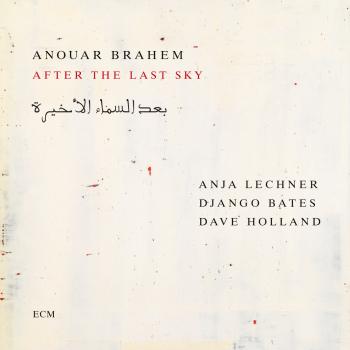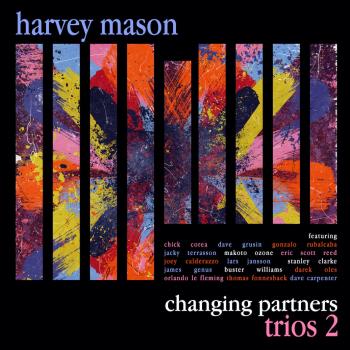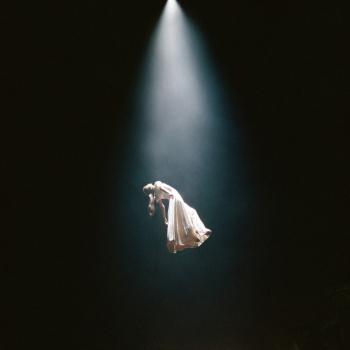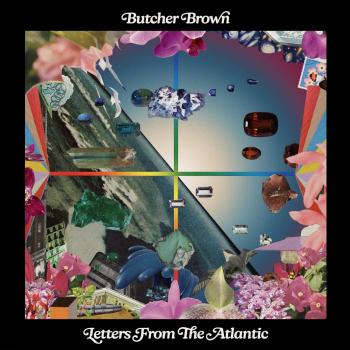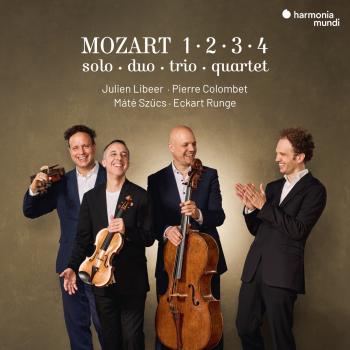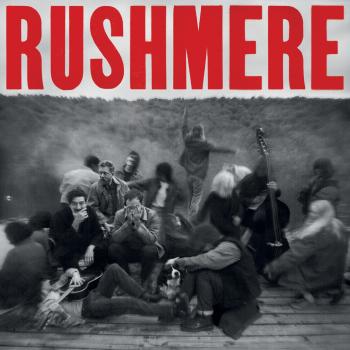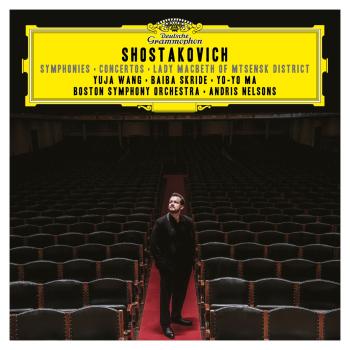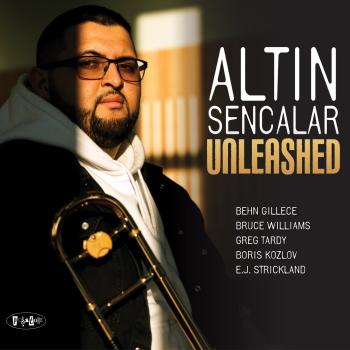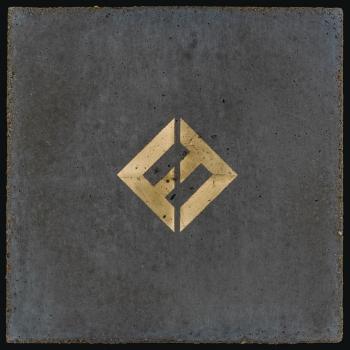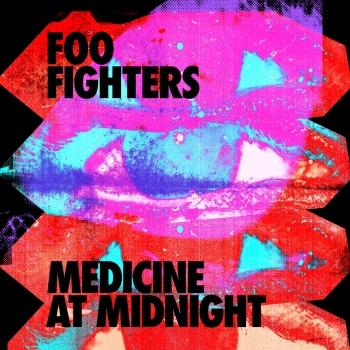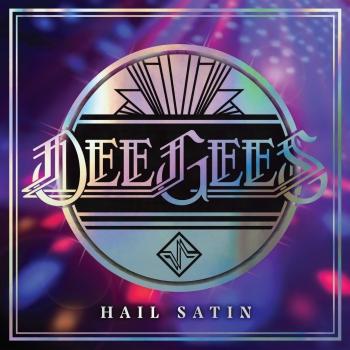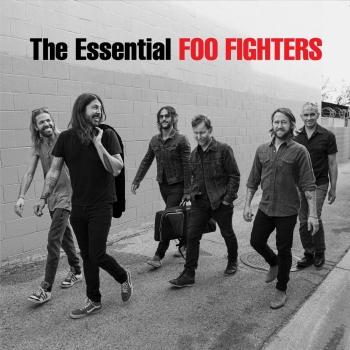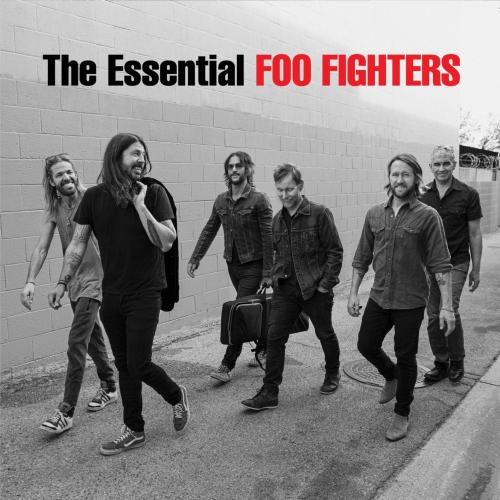
The Essential Foo Fighters Foo Fighters
Album Info
Album Veröffentlichung:
2022
HRA-Veröffentlichung:
28.10.2022
Das Album enthält Albumcover
Entschuldigen Sie bitte!
Sehr geehrter HIGHRESAUDIO Besucher,
leider kann das Album zurzeit aufgrund von Länder- und Lizenzbeschränkungen nicht gekauft werden oder uns liegt der offizielle Veröffentlichungstermin für Ihr Land noch nicht vor. Wir aktualisieren unsere Veröffentlichungstermine ein- bis zweimal die Woche. Bitte schauen Sie ab und zu mal wieder rein.
Wir empfehlen Ihnen das Album auf Ihre Merkliste zu setzen.
Wir bedanken uns für Ihr Verständnis und Ihre Geduld.
Ihr, HIGHRESAUDIO
- 1 Everlong 04:10
- 2 Making A Fire 04:15
- 3 Times Like These 04:26
- 4 Rope 04:19
- 5 Monkey Wrench 03:51
- 6 My Hero 04:20
- 7 Cold Day In The Sun 03:20
- 8 Big Me 02:12
- 9 Long Road To Ruin 03:45
- 10 Shame Shame 04:17
- 11 Best of You 04:16
- 12 All My Life 04:22
- 13 The Pretender 04:29
- 14 This Is a Call 03:53
- 15 Waiting On A War 04:13
- 16 Walk 04:16
- 17 Learn to Fly 03:58
- 18 The Sky Is A Neighborhood 04:04
- 19 Breakout 03:21
- 20 These Days 04:58
- 21 Everlong (Acoustic Version) 04:12
Info zu The Essential Foo Fighters
The Essential Foo Fighters ist eine Sammlung von 19 Titeln. Die Zusammenstellung stammt aus ihrer Studioalbum-Diskografie und enthält eine Auswahl von Fan-Favoriten und Hit-Singles wie "Everlong", "Best of You", "All My Life", "Walk", "These Days" und viele mehr.
Die Foo Fighters waren im vergangenen Jahr 45 Mal im Rock 2000 Countdown vertreten und erreichten mit "Everlong", das 2020 auf Platz 1 landete, Platz 11.
Die Foo Fighters sind die einzige moderne Band, die weltweit die Zuneigung von Musikliebhabern auf sich zieht, und zwar sowohl in der Subkultur als auch im Mainstream und im Underground.
Ob es nun an ihrem Arsenal an Stadion-Rock-Hymnen liegt, die zum Mitsingen (oder Schreien, wenn Sie so wollen) einladen, oder an der Tatsache, dass mit Dave Grohl der beliebteste Mann der Rockmusik die Band anführt, Sie werden kaum einen Fan, Kritiker oder Künstler finden, der ihnen etwas Negatives entgegensetzen kann.
Nach der Auflösung der revolutionären Grunge-Ikonen Nirvana im Jahr 1994 ging der Schlagzeuger Dave Grohl seinen eigenen Weg und gründete die Foo Fighters (ein Name, mit dem er sich absichtlich von seinem vorherigen Projekt distanzierte) als Soloprojekt, das sich schließlich zu einer vollwertigen Rockband entwickelte. Im darauffolgenden Jahr erschien das selbstbetitelte Debütalbum Foo Fighters und Grohls erste Auftritte auf Festivals wie dem Pukkelpop und dem Reading Festival, bei denen er selbst am Schlagzeug saß.
Seitdem sind fast 25 Jahre vergangen und sie haben sich zum Inbegriff des Headliners für Rockfestivals entwickelt.
Die Foo Fighters stehen oft ganz oben auf der Wunschliste der beliebtesten Festival-Headliner. Sie traten bereits beim Glastonbury Festival, Isle of Wight Festival, Secret Solstice, Austin City Limits, Rock am Ring und Mad Cool Festival auf und kehrten mehrmals als Headliner zum Reading und Leeds Festival zurück. Also auf den größten Bühnen der Welt. Kein Wunder, wenn man bedenkt, dass "The Pretender", "Best Of You", "Learn To Fly" und "Everlong" nur ein kleiner Ausschnitt aus ihrer Setlist sind.
Dave Grohl beweist, dass sie vollendete Festival-Headliner sind, und macht deutlich, dass er dem Publikum geben will, was es will: ein stürmisches, zweistündiges Set, gespickt mit den mitreißenden Songs, die der Band im Laufe der Jahre unzählige Grammys, MTV-, NME- und Brit-Awards eingebracht haben.
Foo Fighters
When Foo Fighters
released a debut album written and recorded entirely by leader Dave Grohl — at that point known only as the powerhouse drummer for Nirvana — in the summer of 1995, few would have guessed that the group would wind up as the one band to survive the '90s alt-rock explosion unscathed. Other bands burned brighter but they flamed out, breaking up after scoring a hit or two, but the Foos steadily racked up success after success, filling up stadiums around the world while staying on top of the charts all the way into the second decade of the new millennium. Once the band's lineup coalesced around the time of its third album in 1999, Foo Fighters' sound also gelled into a recognizable signature built upon the heavy, melodic, loud-quiet-loud template of the Pixies and Nirvana, the modern rock anchored by a love of classic guitar rock. It was commercial without pandering, creatively restless without being alienating, a sound with wide appeal delivered by a band that was happy to tour and record the way bands did back in the '70s. When Wasting Light became their first number one album in America upon its release in the spring of 2011, it was confirmation that Foo Fighters were survivors who had earned a large, devoted audience primarily through hard work.
All of this industriousness stems from Dave Grohl, who had been playing guitar and writing songs long before he began drumming. Throughout his early teens he performed in a variety of hardcore punk bands and in the late '80s he joined the Washington, D.C.-area hardcore band Scream as their drummer. During Scream's final days, Grohl began recording his own material in the basement studio of his friend Barrett Jones. Some of Grohl's songs appeared on Scream's final album, Fumble. Following the band's 1990 summer tour, Grohl joined Nirvana and moved cross-country to Seattle.
After Nirvana recorded Nevermind, Grohl went back to the D.C. area and recorded a handful of tracks that would appear on Pocketwatch, a cassette released by Simple Machines. For most of 1992, he was busy with Nirvana, but when the band was off the road, he recorded solo material with Jones, who had also moved to Seattle. The pair kept recording throughout early 1993, when Grohl returned to Nirvana to record In Utero. Grohl had toyed with the idea of releasing another independent cassette in the summer of 1993, but the plans never reached fruition. Following Kurt Cobain's suicide in 1994, the drummer kept quiet for several months. In the fall of 1994, Grohl and Jones decamped to a professional studio and recorded the songs that comprised Foo Fighters' debut album in a week. Boiling down his backlog of songs to about 15 tracks, Grohl played all of the instruments on the album. He made 100 copies of the tape, passing it out to friends and associates. In no time, Grohl's solo project became the object of a fierce record company bidding war.
Instead of embarking on a full-fledged solo career, Grohl decided to form a band. Through his wife he met Nate Mendel, the bassist for Sunny Day Real Estate. Shortly before the pair met, Jeremy Enigk, the leader of Sunny Day Real Estate, had converted to Christianity and quit the band, effectively ending the group's career. Not only did Mendel join Grohl's band, but so did Sunny Day's drummer, William Goldsmith. Former Germs and Nirvana guitarist Pat Smear rounded out the lineup. The band, named Foo Fighters after a World War II secret force that allegedly researched UFOs, signed a contract with Capitol Records. The band's self-titled debut, consisting solely of Dave Grohl's solo recordings, was released on July 4, 1995. It became an instant success in America, as "This Is a Call" garnered heavy alternative and album rock airplay. By early 1996, the album was certified platinum in the U.S.
Throughout 1996, Foo Fighters supported the album with an extensive tour, enjoying a crossover hit with "Big Me" that spring. Late in the year, the group began recording its second album with producer Gil Norton. During the sessions, William Goldsmith left the band due to creative tensions, leaving Grohl to drum on the majority of the album. Before the record's release, Goldsmith was replaced by Taylor Hawkins, who had previously drummed with Alanis Morissette. The Colour and the Shape, Foo Fighters' second album and the first they recorded as a band, was issued in May of 1997. Smear left the group in the wake of the album's completion and was replaced by guitarist Franz Stahl, whose stay proved short-lived; 1999's There Is Nothing Left to Lose was recorded as a three-piece, with ex-No Use for a Name guitarist Chris Shiflett signing on soon after.
One by One, the group's most polished production, appeared in late 2002, followed by 2005's In Your Honor, which narrowly missed the top of Billboard's album chart. After releasing a live album titled Skin and Bones in 2006, the band returned to Norton's studio and started constructing a dozen fractured, eclectic rock songs to be released in 2007 under the name Echoes, Silence, Patience, and Grace. Two years later, the group released its first compilation, Greatest Hits, as Grohl launched his new supergroup Them Crooked Vultures, which also featured Josh Homme of Queens of the Stone Age and Led Zeppelin's John Paul Jones. Foo Fighters reconvened for 2011's Wasting Light, a Butch Vig production that doubled as the official return of Pat Smear, who hadn't played on any of the band's albums since 1997. Wasting Light wound up as a smash success for the Foos, debuting at number one on the Billboard charts, going gold in the U.S. and garnering the band another four Grammy Awards. In the wake of Wasting Light, several other Foo projects emerged — a limited-edition compilation of covers called Medium Rare released for Record Store Day 2011; a documentary of the band called Back and Forth — and the group toured the album into 2012.
In 2012, the Foo Fighters announced they were taking a hiatus and Dave Grohl immediately returned to the confines of Queens of the Stone Age, drumming on their 2013 album ...Like Clockwork. He also threw himself into directing a documentary about the legendary Los Angeles recording studio Sound City. The film appeared early in 2013 to positive reviews, and it was accompanied by a soundtrack called Sound City: Reel to Real, which featured Grohl-directed jams including a variety of Sound City veterans, plus Paul McCartney. Not long after its release, the Foo Fighters announced their hiatus had ended and they were working on a new album. Sonic Highways, released late in 2014, was their most ambitious project yet; each track was recorded in a different city, some with special featured guests, a process documented on an eight-episode documentary series for HBO. Sonic Highways saw international release in early November 2014.
Dieses Album enthält kein Booklet

